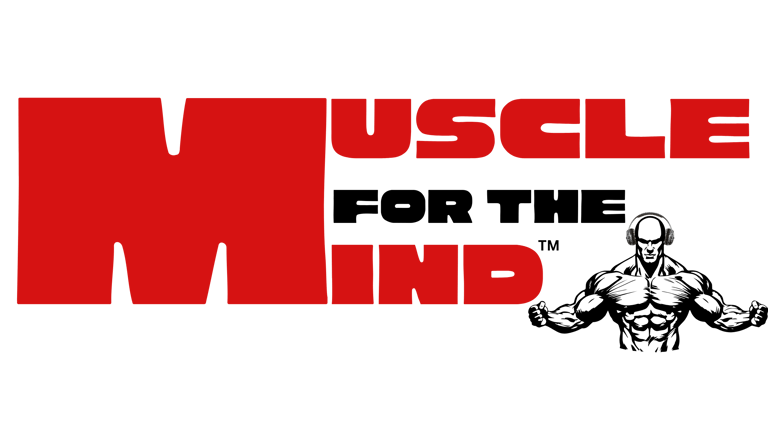How to Start a Side Business with Minimal Investment
Looking for a way to earn extra income without a big upfront investment? This beginner-friendly guide shows you how to start a side hustle from home with little to no money. Discover low-cost business ideas like freelancing, digital products, and print-on-demand. Learn how to use free tools, build an audience on social media, and grow your business step by step. Perfect for anyone searching “how to start a business with no money,” this article also includes an inspiring example from Ashton Kutcher’s startup journey to show how small beginnings lead to big success. Start smart. Start simple. Start today.
Rob
7/13/20254 min read


How to Start a Side Business with Minimal Investment
Start small. Think smart. Grow steadily.
Muscle for the Mind
Strengthen Your Mind - Build Your Future
Are you dreaming of earning extra income but feel stuck because you think it takes thousands to start a business?
You don’t need a loan, a fancy office or even a groundbreaking idea.
What you do need is the courage to start. But start small.
With today’s tools, platforms and technology, the rules have changed. You no longer need deep pockets to get started. You just need a plan, a smartphone and some hustle.
Side businesses are more than just "extra money." They offer freedom, purpose and even a safety net.
According to a survey in Self Financial (https://shorturl.at/sC7Sk), nearly 45% of Americans now have a side hustle, earning an average of $500 per month. That's not small change, that’s grocery money, car payments or seed money for your next big thing.
Starting with minimal investment removes some of the pressure. There's less risk, more learning and opportunity.
Once you're in motion, you’re building momentum and that’s when things tart to happen.
Here’s how you can start your own side business with little to no upfront cost.
1. What are your skills, interests and hobbies?
Use what you already know.
Do you love writing? Offer blog or content writing services.
Are you good with graphic design? Try freelancing on Canva or Fiverr.
If you are into fitness, create home workout plans and start a YouTube channel walking people through daily workouts and showing proper techniques.
Think of your knowledge + solving their problems. What can you help people do better?
2. Pick a Low-Cost Business Model
Stick with models that don’t require inventory or big investments like the following.
Freelancing – Writing, graphic design, coding, editing
Dropshipping – Sell products without handling inventory
Digital Products – eBooks, templates, online courses
Print-on-Demand – Shirts, mugs, stickers; custom-made, no inventory needed
Apps like Shopify, Teespring and Gumroad make it easy to get started.
If you are not familiar with any of these models, my advice is to look them up on YouTube. There are some great videos that explain what they are and how they work. Get your systems and processes in place and let the model to do the rest.
3. Use Free or Low-Cost Tools
Technology is your co-founder:
Website: WordPress, Hostinger
Design: Canva (free version works great and you can always upgrade to the Pro version later)
Marketing: Mailchimp, Buffer
E-commerce: Etsy, Gumroad
Organization: Trello, Notion
Payments: Stripe, PayPal, Venmo
These tools let you run a business from your phone, from anywhere, at any time.
4. Building An Audience for Free is Awesome
No budget for marketing? No problem.
Use social media platforms like Instagram, TikTok or YouTube. There is only one way to get good at it, unless you are hiring your social media, and that is to do it over and over again.
Start posting content around your product or service. You don’t need to go viral. Connect with real people and show your true self.
Tip: Show the behind-the-scenes. People love stories, progress and authenticity.
5. Start Small and Scale Slowly
Don’t wait for perfect. Launch and improve fast.
Offer a beta version. Get feedback. Then grow.
Example: Want to offer a digital course?
Start with a free workshop or a mini-course at a discounted price. Use those first users to build testimonials and momentum.
One last thing.
You probably know Ashton Kutcher as a model turned sitcom star. But what most people don’t know is how he used his celebrity income to fund tech startups but even that started small.
Before becoming a Silicon Valley powerhouse investing in Airbnb, Uber and Spotify, Ashton began with humble curiosity.
He didn’t have a degree in computer science. He didn’t know how to code.
But he was obsessed with learning.
He asked questions. Took meetings. Watched YouTube tutorials.
He showed up to tech events not as a star but as a student.
Eventually, he co-founded A-Grade Investments with $1 million in startup capital. That turned into $250 million in value.
The lesson. Ashton’s success didn’t come from fame it came from starting small, being curious and letting that compound.
You don’t need to be a celebrity. You don’t need millions of dollars.
You just need to start.
With one skill. One platform. One customer.
Then stack the next.
Then repeat over and over again.
Right now, write down 3 skills, interests or hobbies you have. Then list one way you could use each to solve a problem for someone else. That’s the seed of your side business.
Check out our episode: "Turn Side-Hustle Money into Wealth: Beginner Investing Apps that Work Even When You’re Not Working" for what to do once the dollars start rolling in.
Remember:
Starting small isn’t weak. It’s wise. It's using strategy.
It’s how smart people build big things one step at a time.
Muscle for the Mind is about building strength where it matters most. Inside your mindset, your skills and your future.
LET’S GROW!!
- Rob
















Knowledge = Strength
Empowering individuals through accessible business insights.
Inspire
Educate
info@muscleforthemind.com
© 2025 All rights reserved.
